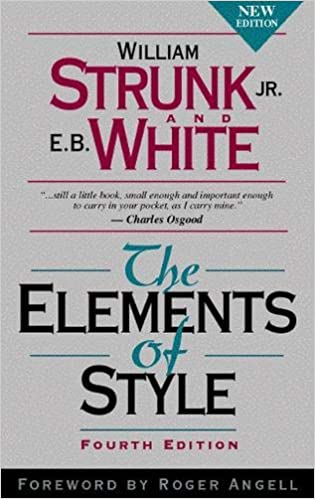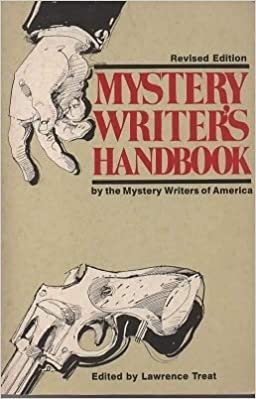I originally wrote The Bone and The Bear in Dec 1999. I thought it a good, simple, fun children’s (YA?) story and nobody wanted it. One editor wrote that the protagonist wasn’t solving his problem on his own and I laughed; the protagonist made use of the tools at hand and solved his problem without violence.
But I never explain my stories to people. Especially editors. I may discuss issues if a rewrite is requested to make sure I understand the issues under consideration, but otherwise don’t defend, don’t argue, don’t explain. Listen. Is the reader’s mistaken impression of a story due to a story weakness? Fix it. Is the reader’s mistaken impression due to the reader’s weakness? Move on.
I sent the first version of The Bone and The Bear to an anthology listed as accepting YA. The response was they loved the story, but it didn’t fit the anthology’s SF/Fantasy/Horrorish mood.
Okay, not a problem. I edited (note: not rewrite, only edit) the story to make it SFish and sent it back (they didn’t ask for a rewrite) and explained I’d edited the story to be SFish. Hey, the loved it when it wasn’t SFish, would they still love it and accept it now that it was SFish?.
I heard back in less than a week. Yes. They’ll take it.
Below are the two versions. I’m a strong believer in stories being about people/character. Here’s an example of a core, character driven story being slightly modified to change tone and mood while the core story remains.
Enjoy!
My heart sank when Dad called us into the kitchen. It had to be bad news. Bob knew it, too. He’s older than me, so maybe he’d been through it more than I had. But there we sat; Dad, Mom, Bob, and me. Dad smiled at us and, just like two years ago, said, “How’s the world treating my two men?”
Oh, no, I thought. What now?
“Bob, Danny, I’ve got something to tell you.”
Yep, just like before.
“You remember when the plant closed down and money got pretty tight around here?”
Bob and I nodded. That was the first “kitchen table talk”.
“Remember how Mom and I were really snappy towards each other and especially to you.” Boy, did we remember that. They were impossible. “Well, things got better, didn’t they?”
In a way, I thought. But Dad had to take a job two hundred miles away, in a place called Porterton.
“I got that job out in Porterton. And its a real good job, boys. Very secure. Lots of work. That place isn’t going to close.”
At that point I spoke up, “Does that mean we’re still only going to see you every other weekend?”
Greetings! I’m your friendly, neighborhood Threshold Guardian. This is a protected post. Protected posts in the My Work, Marketing, and StoryCrafting categories require a subscription (starting at 1$US/month) to access. Protected posts outside those categories require a General (free) membership.
Members and Subscribers can LogIn. Non members can join. Non-protected posts (there are several) are available to everyone.
Want to learn more about why I use a subscription model? Read More ch-ch-ch-ch-Changes Enjoy!



